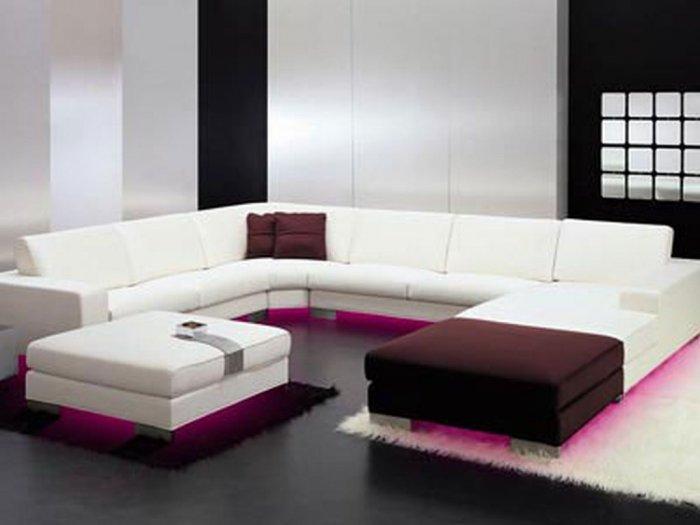The impact of kitchen import on customization and personalized kitchen design has been profound, reshaping the way homeowners approach their cooking spaces with greater flexibility, creativity, and access to diverse styles. Importing kitchen materials, fixtures, and appliances opens up a world of possibilities that local markets alone may not fully provide, enabling homeowners and designers to create truly unique kitchens tailored to individual tastes and needs. One of the most significant benefits of kitchen import is the expanded range of design options it offers. Imported kitchen cabinets, countertops, hardware, and appliances come in a variety of materials, finishes, and craftsmanship that often surpass local availability. This variety allows for bespoke solutions that align perfectly with the homeowner’s vision, whether that is a sleek modern kitchen with minimalist aesthetics or a rustic, warm farmhouse-style kitchen full of character. Moreover, many imported kitchen products emphasize quality and innovative features that elevate functionality while enhancing the overall aesthetic appeal. By accessing these products, homeowners can integrate cutting-edge designs and durable materials that guarantee long-lasting performance and style.

The infusion of global trends and craftsmanship through kitchen import also fosters greater personalization. For instance, importing cabinetry from Italy or appliances from Germany enables the incorporation of styles and technologies that are highly specialized or rare in a local setting. This enables kitchens to not only reflect personal taste but also to meet higher standards of ergonomics, efficiency, and smart technology integration, creating spaces that are both beautiful and highly functional. Importing kitchens also facilitates customization by allowing homeowners to mix and match components from different countries and manufacturers, resulting in a truly personalized kitchen setup. Homeowners might choose Italian marble countertops for their elegance, pair them with Scandinavian minimalist cabinets, and complement the space with Japanese high-tech appliances, blending the best of several cultures and design philosophies. Another critical aspect of the impact of kitchen import is its role in enabling designers and homeowners to realize complex and creative designs. Custom kitchen projects often demand unique shapes, sizes, and configurations to fit particular floor plans or to incorporate special features such as kitchen islands, hidden storage, or built-in appliances.
Imported kitchen products often come with customization options, including bespoke cabinetry dimensions, special finishes, and unique hardware designs, allowing for intricate layouts that maximize space utility and visual harmony. Furthermore, kitchen import often involves collaboration with international manufacturers who offer tailored solutions and direct consultation, providing expert guidance that enhances the customization process. Beyond aesthetics and functionality, the impact of kitchen import on personalized kitchen design also touches on sustainability and quality assurance. Many imported kitchen materials come from regions with strict manufacturing standards and environmentally friendly practices, allowing homeowners to select eco-conscious options that reflect their values without compromising on beauty or durability. This added layer of choice enhances the overall satisfaction and pride in owning a kitchen that is not only personalized but also responsible and future-proof. Kitchen import has dramatically expanded the scope of customization and personalization in kitchen design. By opening doors to a global marketplace rich in diverse styles, superior quality, innovative features, and bespoke solutions, kitchen import empowers homeowners and designers to create kitchens that are perfectly aligned with their functional requirements and aesthetic aspirations.

